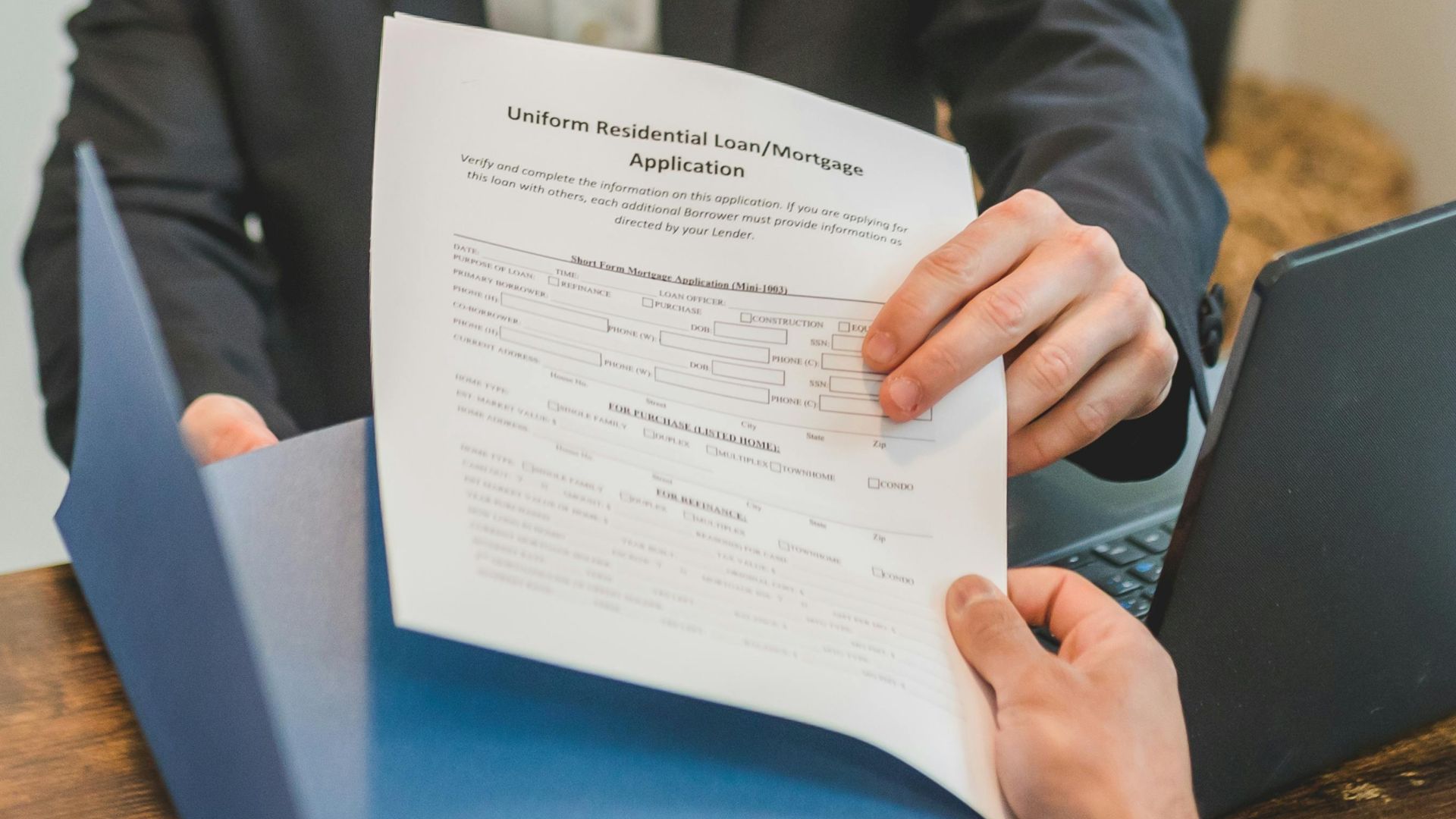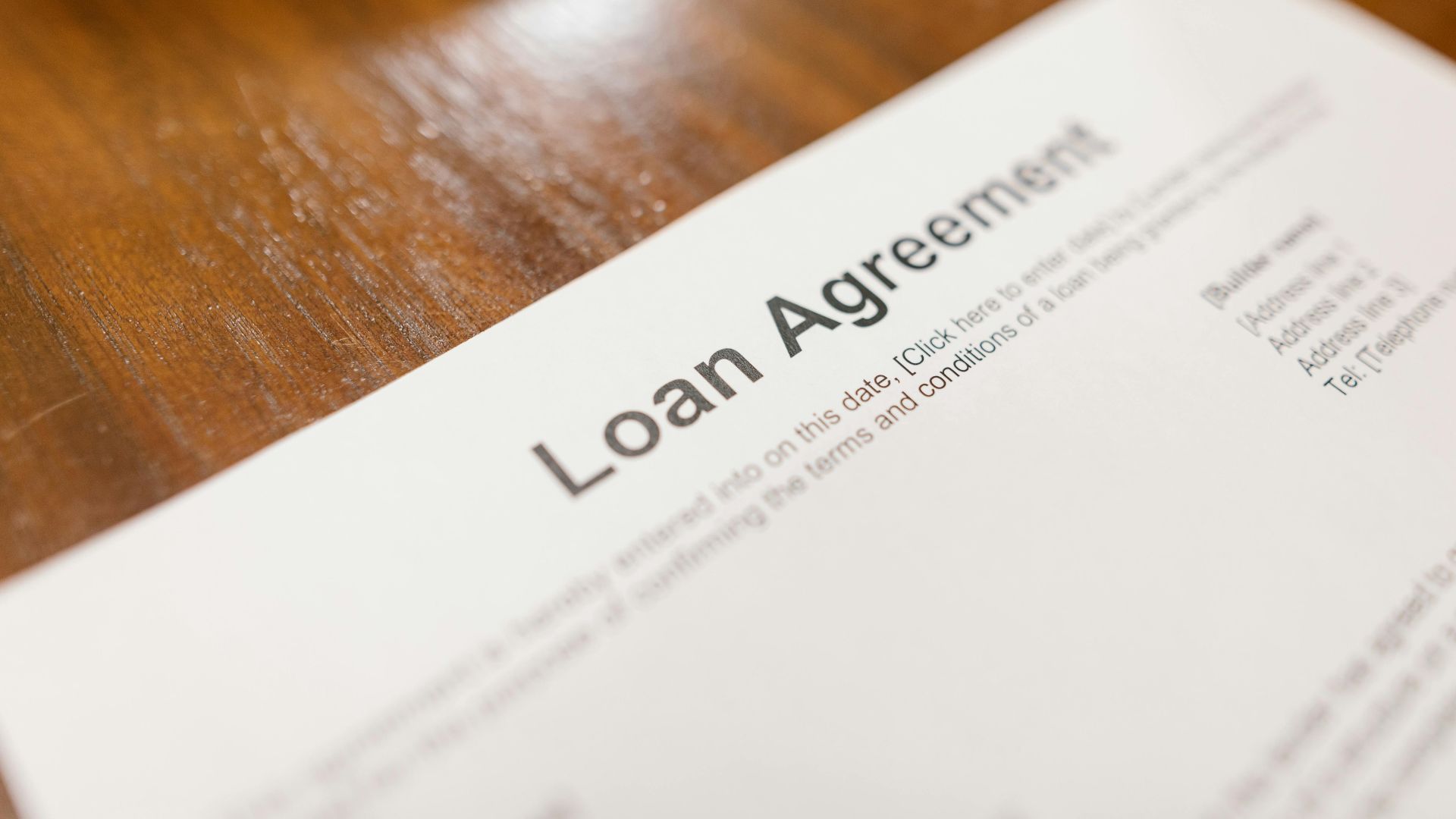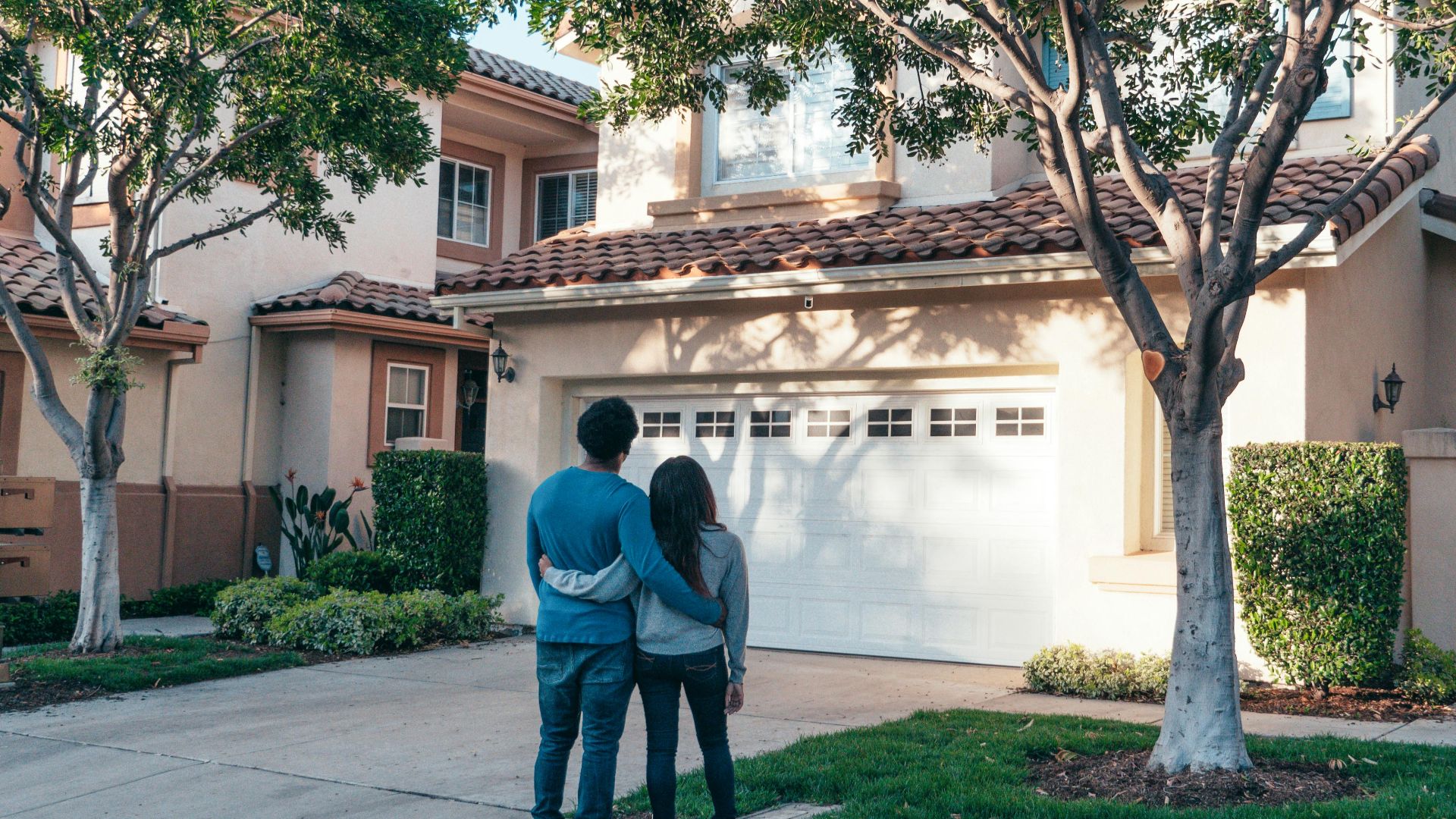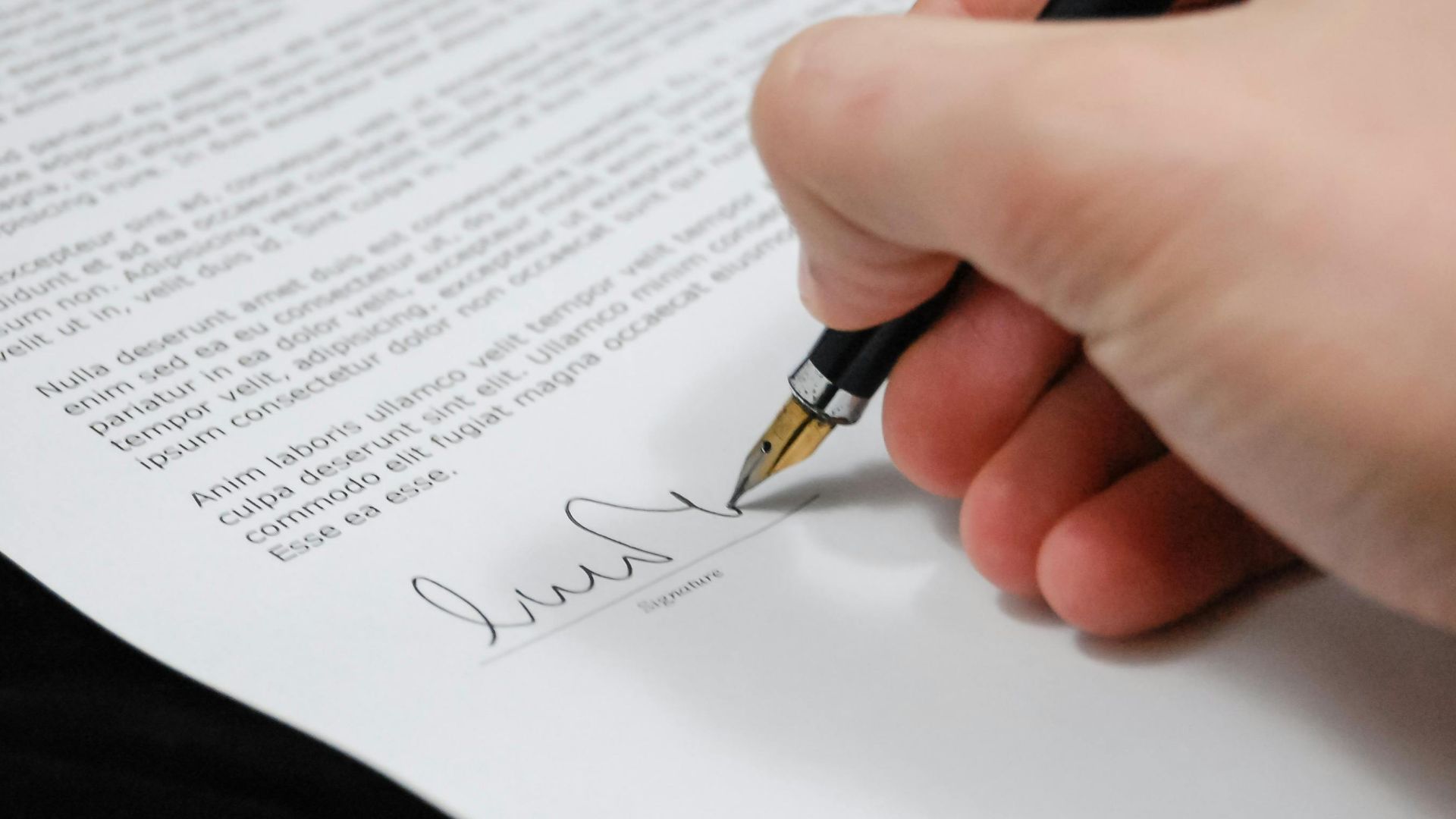Financial Futility
You refinanced your mortgage twice in the past three years hoping to save money by taking advantage of lower rates. But now you realize that the closing costs from each refinance have wiped out your savings. It’s a disappointing discovery, especially if you were counting on the reduced payment to improve your finances. Here’s how to size up your options now.
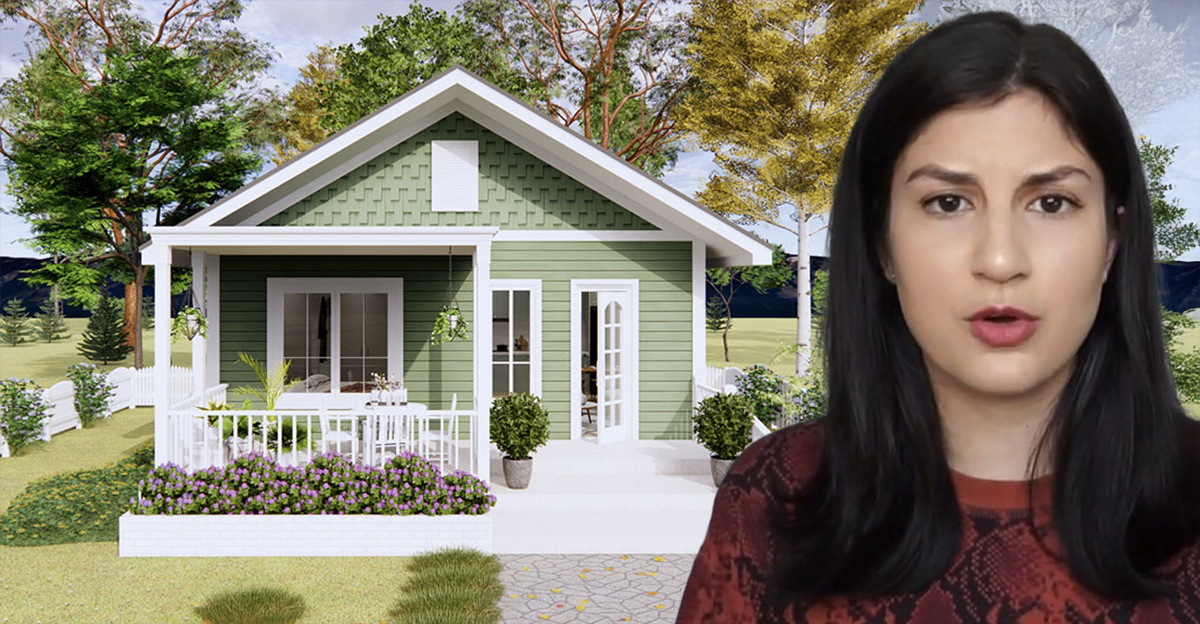
Understand How Closing Costs Add Up
Every time you refinance, you pay closing costs, which often total 2% to 6% of your loan amount. Even if your rate drops slightly, these upfront costs can completely offset whatever savings you make for years. Refinancing too often can mean you never get to the break-even point where your savings surpass what you spent.
 Photo By: Kaboompics.com, Pexels
Photo By: Kaboompics.com, Pexels
Calculate Your True Savings
Start by calculating the actual break-even point for each refinance. Divide the total closing costs by the monthly savings to see how long it takes you to recoup your costs. If you sold or refinanced again before hitting that mark, you more than likely lost money overall.
Lower Rates Aren’t Always Better
A lower interest rate might look appealing on paper, but it’s only beneficial if you stay in the home long enough to recover the associated fees. Each refinancing resets your loan term, so you might end up paying more in interest over time even with the reduced monthly payment.
Check If You Extended Your Loan Term
If you refinanced back into a new 30-year loan, you might have extended your repayment period, which increases the total interest paid. Even with a lower rate, restarting the amortization schedule can eat into your long-term savings, especially if you had already paid down a significant portion.
Review Your Loan Documentation
Gather all your refinancing documents to see how much you actually paid in fees each time. Look for origination charges, appraisal fees, title insurance, and points. Knowing the total outlay helps you to know how much these repeated refinances actually cost.
Compare Your Current Loan To Your Original One
Look at your current loan balance, interest rate, and remaining term compared to your original mortgage. If your balance hasn’t decreased significantly despite years of payments, frequent refinancing may have trapped you in a cycle of starting over.
What Is Your Home Equity Position?
Repeated refinancing can erode your equity if you rolled closing costs into the loan each time. Less equity means reduced flexibility for future borrowing or selling. Check your current loan-to-value ratio to understand your position.
Evaluate Whether You Can Refinance Again Wisely
It may seem counterintuitive, but a final refinance could help if you can secure a much lower rate with minimal costs and you plan to stay in the house long-term. But you have to avoid rolling old costs into a new loan; this only compounds the problem.
Explore Extra Payments To Offset Costs
You can counteract your past refinancing mistakes by making additional principal payments each month. Even small extra amounts can reduce your payoff time and interest costs, and help you recover from your earlier bad decisions.
Consider A Shorter Loan Term
If your income supports it, refinancing into a 15-year loan can help you pay off faster and minimize interest. Again, you have to ensure the savings justify the new costs and that you can comfortably handle the higher payments.
Avoid Prepayment Penalties
Review your current mortgage terms to ensure there are no penalties for paying off early. Some loans charge fees if you pay down the balance too quickly, which could undermine your plan to make extra payments.
Review Your Tax Situation
Mortgage interest might be deductible, but closing costs typically aren’t. Talk to a tax professional to see if your refinances provided any benefit, or if they simply increased your total costs with no offsetting advantage.
Review Your Long-Term Housing Plans
If you aren’t planning to stay in your home for at least five to seven years, refinancing again makes little sense. Stability is the key; short-term ownership means you’ll likely just lose the money on upfront costs.
Beware Of Frequent Refinancing Offers
Lenders market refinancings aggressively, knowing that homeowners tend to focus on monthly payments instead of the lifetime costs. Always compare the total loan costs, not just the advertised rate, before you rush to sign on to another refinancing.
Build A Buffer Against Future Rate Temptations
Make a personal commitment to a clear financial plan. Avoid knee-jerk reactions to every rate drop. If you’re already in a competitive loan, try to focus on paying it off faster or investing your money elsewhere for better returns.
See If You Qualify For A Streamline Refinance
Some government-backed loans, like FHA or VA, offer streamline refinances with lower fees. If you have one of these, explore whether you can reduce costs without starting the loan term over completely.
Consider Consulting A Financial Advisor
A qualified financial planner can help you assess whether it makes sense to refinance again, stay put, or focus on accelerated payoff. They’ll factor in your goals, home value, and long-term plans.
Focus On Debt-Free Homeownership
Refinancing repeatedly delays the day you fully own your home. Set a target payoff date and build a strategy to reach it. The peace of mind from a paid-off mortgage often outweighs small monthly savings.
Learn From The Experience
You’re not alone—many homeowners get caught chasing lower rates without understanding total costs. The key is to move forward strategically, focus on reducing your debt, and avoid repeating the same cycle over and over again.
You May Also Like:
What To Do When You Have An Adjustable Rate Mortgage And Rates Go Up




